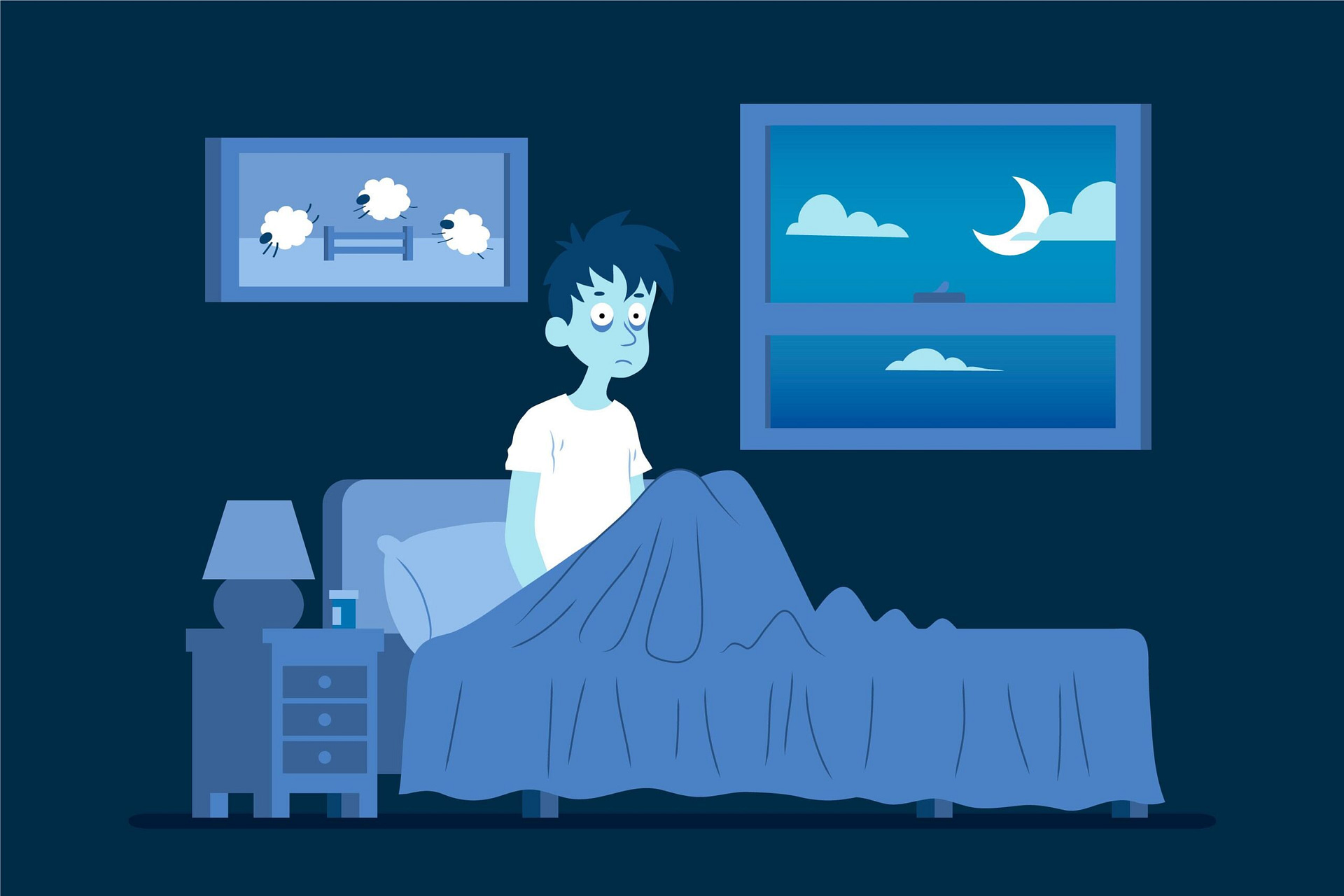
Have you ever had a dream that left you wondering what it meant?
Dreams are like little movies that play in your head while you’re asleep, and they’ve been a big mystery for a really long time.
People from way back in history, like the ancient Egyptians, thought dreams were super important and full of secrets.
Dreams, much like everything else, have been an area of intrigue for scholars and researchers.
Scientists have been studying dreams, trying to figure out what they’re all about and over the years developed multiple theories about Why we dream and what they could mean.
They’ve found out that some dreams aren’t just random. They actually mean something, like a message from your brain.
In this blog, we’re going to take a journey into the world of dream stories. We’ll learn about dreams. How they’re connected to what’s happening in your head and why they matter. So, get ready to explore the magic of dreams with us, where science helps us uncover the hidden tales that our dreams are trying to tell.
Let us explore some Scientific Theories Behind Dream Interpretation:
One of the key scientific theories supporting dream interpretation revolves around Rapid Eye Movement (REM) sleep.
During this phase of the sleep cycle, which occurs roughly every 90 minutes, the brain experiences increased activity, closely resembling wakefulness. It’s during REM sleep that vivid dreams are most likely to occur.
Additionally, research suggests that specific brain regions responsible for memory, emotions, and perception are highly active during REM sleep. This heightened brain activity serves as the foundation for understanding why dreams are such complex and often emotionally charged experiences.
Psychological Perspectives:
Dream interpretation often involves delving into the psychological aspects of the dreamer. This approach is based on the belief that dreams can be seen as a reflection of one’s inner thoughts, emotions, and unresolved conflicts. Psychologists explore the emotional content of dreams, considering how they might relate to the dreamer’s waking life.
Neuroscientific Insight:
Neuroscience contributes significantly to understanding dream interpretation. It focuses on the brain’s role in creating and experiencing dreams. Studies have shown that specific brain regions, such as the prefrontal cortex (responsible for decision-making and rational thinking), are less active during REM sleep. This could explain why dreams often feature unusual or illogical scenarios.
Symbolism and Hidden Meanings:
Dreams are rich in symbolism, and interpreting these symbols can provide insights into a dream’s meaning. For example, common dream symbols like falling, flying, or being chased can represent underlying fears or desires. The interpretation often depends on the dreamer’s personal experiences and emotions.
Cultural and Archetypal Interpretations:
Different cultures and belief systems have their interpretations of dream symbols and scenarios. Archetypal interpretations, as proposed by Carl Jung, suggest that certain symbols are universally recognized and represent common human experiences or themes. Understanding these cultural and archetypal aspects can provide additional layers of meaning to dreams.
DreamStory: Bridging Science and Interpretation
DreamStory is a dream interpretation tool that uses AI to find the meanings of the Dreams we regularly see. It tries to find recurring patterns through regular journaling of dreams.
Let’s see how DreamStory leverages these insights to interpret common dreams:
The Falling Dream: DreamStory uses the knowledge that falling dreams often signify a fear of failure or loss of control.
By analyzing your dream journal entries and recurring patterns, it can help you recognize when these fears are most prominent in your life and guide you in addressing them.
The Flying Dream: DreamStory considers the psychological perspective and the desire for freedom or liberation from life’s challenges that flying dreams may represent. It also helps you identify recurring symbols like flying, allowing you to gain insights into your aspirations and desires.
The Chasing Dream: If you frequently dream of being chased, DreamStory can help you explore the underlying emotions and fears associated with this scenario. It may indicate unresolved issues or anxieties that need attention.
Dream interpretation is a multifaceted field supported by scientific research, psychology, neuroscience, symbolism, and cultural factors.
DreamStory combines these elements to help you journal your dreams, identify recurring patterns, uncover hidden meanings, and ultimately gain a deeper understanding of yourself. Whether you’re intrigued by dream meaning, dream interpretation, or simply want to keep a dream journal, DreamStory offers the tools and insights you need to embark on a journey of self-discovery through the fascinating realm of dreams.





